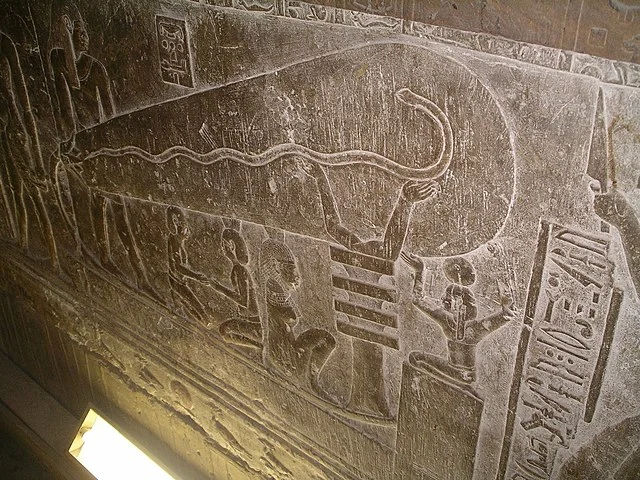The “Dendera Light” refers to a controversial interpretation of certain reliefs found in the Temple of Hathor at Dendera, Egypt. These reliefs, which date back to the Ptolemaic period (305–30 BC), are often depicted as showing large bulb-like objects that some believe represent ancient Egyptian electrical technology. Scholars, however, generally agree that the reliefs likely have a symbolic religious meaning rather than any connection to electricity.
Get your dose of History via Email
The Temple of Hathor at Dendera
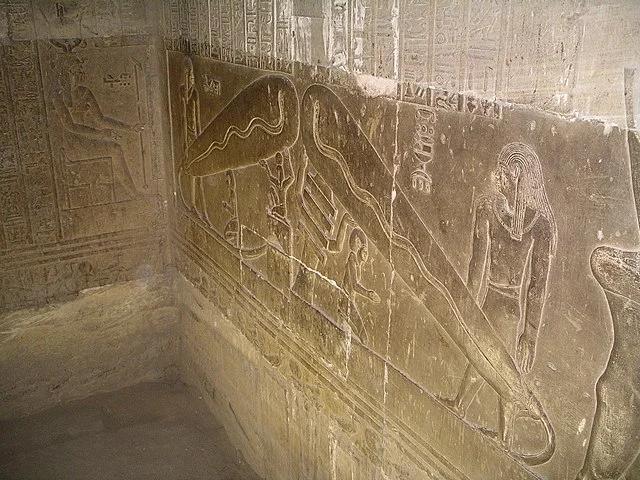
The Dendera Temple complex is located on the west bank of the Nile, approximately 60 kilometers north of Luxor. Built during the late Ptolemaic period, the Temple of Hathor is one of the best-preserved temples in Egypt. The temple’s reliefs depict various religious scenes, including the controversial images interpreted by some as “electric lights.”
Interpretation of the Reliefs
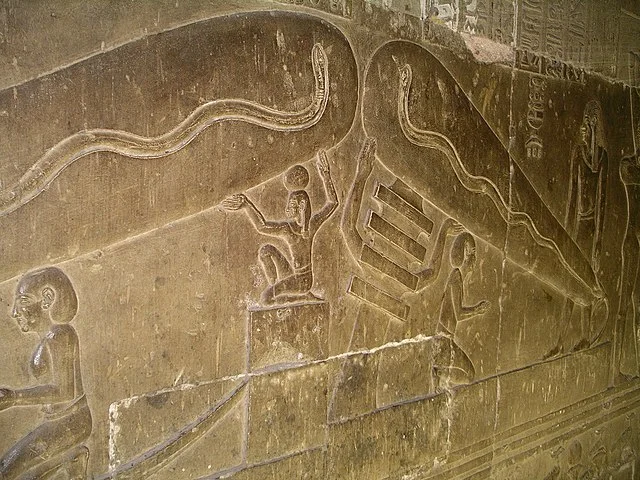
In the hypostyle hall and crypt of the Temple of Hathor, there are images that some claim show ancient lightbulbs. These carvings show figures holding large, elongated objects connected to what appear to be lotus flowers at one end and serpentine figures inside. A pillar resembling a djed, a symbol of stability, is located near the bulb-shaped object.
Proponents of the “Dendera Light” theory claim that these objects resemble modern electric light bulbs. They interpret the serpent inside the object as a filament, and the djed pillar as a possible power source. This theory gained attention in the 20th century, mainly through popular media and fringe interpretations of ancient technologies.
The Academic Consensus
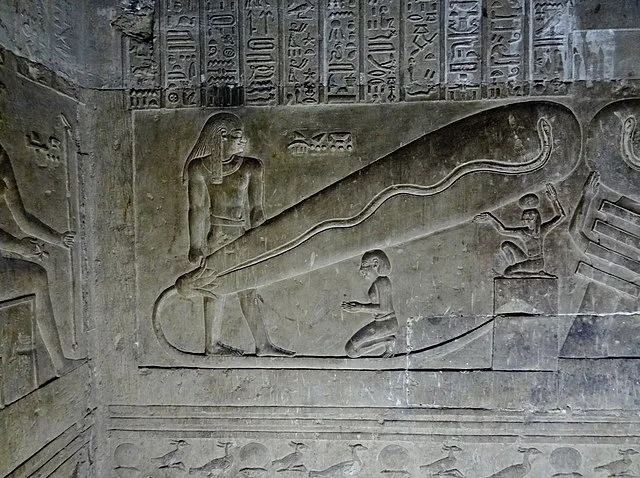
Mainstream Egyptologists reject the idea that the Dendera reliefs depict an ancient electrical device. Most scholars agree that the reliefs likely have a symbolic or religious meaning tied to ancient Egyptian mythology. According to this interpretation, the bulb-like objects represent a lotus flower, and the serpent symbolizes a creation myth associated with the god Atum. The djed pillar represents stability, while the entire scene is a symbolic depiction of the union of creation and light in Egyptian mythology.
These interpretations are consistent with the symbolic nature of other Egyptian art and iconography. The Egyptians were known for using metaphorical representations of cosmic and religious concepts in their art. Additionally, no physical evidence supports the idea that the ancient Egyptians used electricity.
Popular Theories and Criticism
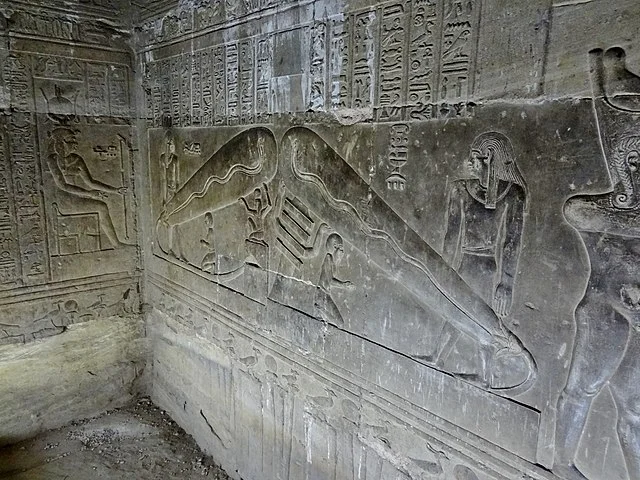
Proponents of alternative theories, including authors associated with pseudoarchaeology, argue that the Egyptians possessed advanced technology, citing the Dendera reliefs as evidence. These claims, however, lack support from archaeological evidence or contemporary Egyptian texts. Critics of the “Dendera Light” theory argue that it is based on a misunderstanding of ancient Egyptian iconography and a projection of modern concepts onto ancient art.
Conclusion
The Dendera Light remains a topic of interest for both academic scholars and alternative theorists. While the reliefs in the Temple of Hathor are open to interpretation, there is no credible evidence to suggest that ancient Egyptians had knowledge of electrical technology. The mainstream view continues to support the interpretation of these carvings as symbolic religious representations, deeply rooted in Egyptian mythology.
Source:

